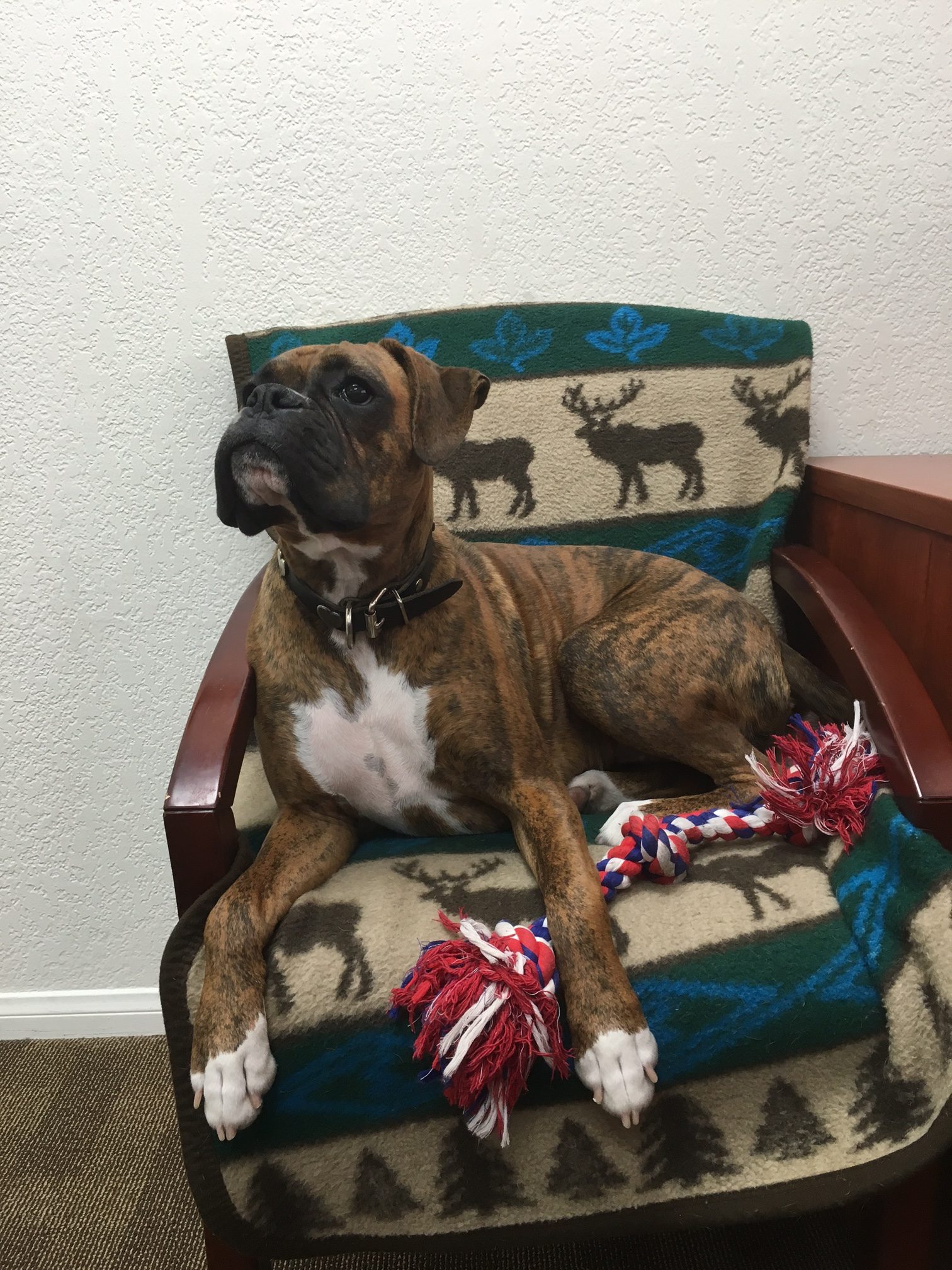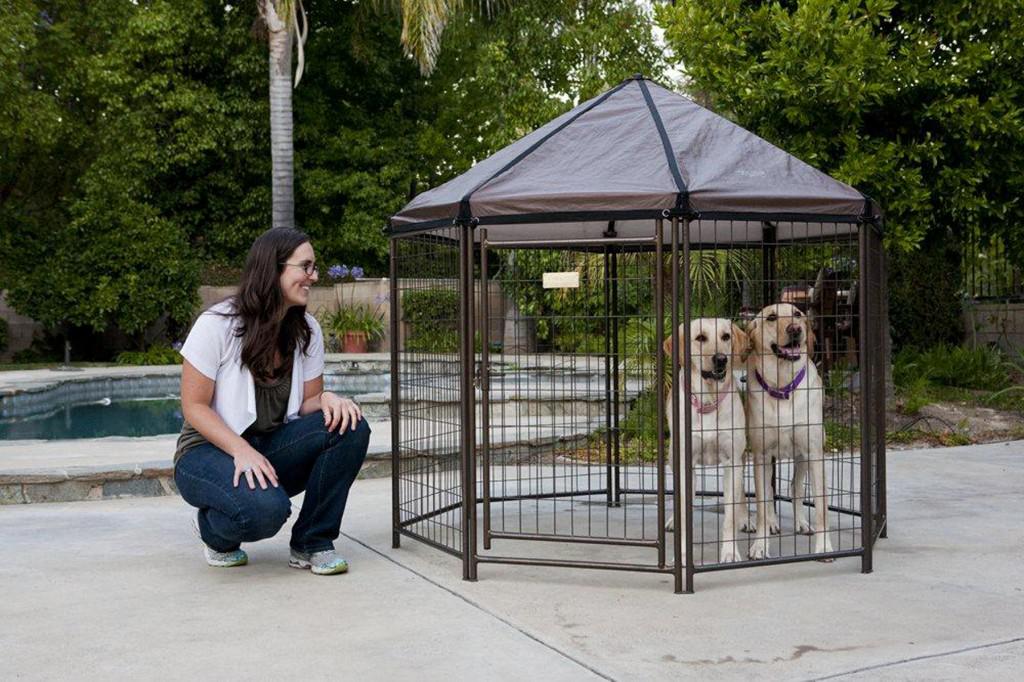Whether you own dogs, cats, chickens, or rabbits, it’s important to invest in the right tools to keep your pet safe. For many of us, our pet is like our child and is treated as a part of the family. Wouldn’t you want to invest in a high-quality car seat for your child? Or make sure they are wearing a helmet and every other safety pad when they ride a bike? These days, it’s not much different when considering your pet. So, if you’re concerned about your pet safety in the colder months, in your home, and around disasters, but don’t know where to start, you’ve come to the right place.
Fall/Winter Pet Safety
The leaves are changing and the temperature is dropping. Now that you can finally walk your dog without worrying about his paws burning, there’s a few other things you should put into consideration for pet safety.
- Now that you and your dog will be more active in the cooler weather, you may want to feed him a little more to build up the calories. This may or may not apply to you as well when Thanksgiving comes around.
- Autumn is the time of year when snakes are preparing for hibernation. They are still out and still very much a threat, so be sure to keep an eye out for slithering creatures who may hurt your pet (and you). (Source)
- If you live in an area where it snows, make sure to keep your pet’s paws safe from the salt. After every walk, it’s smart to wipe down their paws so it doesn’t cause irritation.
- Just like leaving pets in a hot car, leaving pets in the cold can be dangerous. If you see anyone who has left their pet in the cold, speak out by documenting what you see and contacting local animal control or a sheriff’s office. You could be saving a life! (Source)
Pet-Proofing Home
No matter what season it is, it’s important to always make sure your home is an environment that takes pet safety into consideration. Here’s just some ways you can make sure your pet is safe and happy in your home.
- Place all chemicals far out of pet’s reach like on a high shelf
- Keep trash cans covered and inside of a locked cabinet
- Place all dangling wires out of reach and out of chewing range
- In fact, make sure all small, chew-able items are out of your pet’s reach
- If your pet is outside, make sure he has protection from the elements (Hint: The Pet Gazebo works great for that)
- If it’s extremely cold or hot outside, don’t leave your pet out for long periods of time (Source)
Disaster Safety
Disasters can be hard to prepare for because of their unpredictability and because they aren’t very common. However, it’s still crucial to have a contingency plan just in case something happens, because you won’t have time to worry about pet safety. There’s a few things to consider when preparing for a disaster.
- Research evacuation locations for your pet ahead of time so that in the event something were to happen, you already know where your pet will be safe
- Be sure to keep all microchip, ID tags and license registrations up-to-date so you and your pet will be reunited if you get separated
- Prepare an emergency kit for you and your pet. Some things it can include are: a leash, collar, extra ID tags, food and water, and any important documents including proof of ownership and health records.
- Be sure to have large enough carriers for your pet set aside in an easy-to-grab location (Source)
Additional Tips and Tools for Pet Safety
If you’re looking to invest some extra money for your pet safety, here’s a few things you can look into.
- Microchip – Placing a microchip under your pet’s skin is an easy and wallet-friendly way to making sure you don’t lose your pet. If your pet runs away, local shelters will be able to find and contact you in order to reunite you and your pet.
- GPS Collar – It’s the 21st century, so it only makes sense we are able to put a GPS system in your pet’s collar. With this handy device, you’ll be able to locate your pet wherever he is located so he won’t be gone too long without you.
- Underground fence – If your pet is one for escaping, you may want to look into installing an underground fence. You can create a perimeter which will give your pet a small shock through their collar should they try to cross it. (Source)
For additional pet safety information, connect with us on Facebook for daily articles and updates which may pertain to keeping your pet safe. Additionally, you can take a look at some of our products on our website which are all designed to keep your loved one safe and comfortable no matter where you are.




